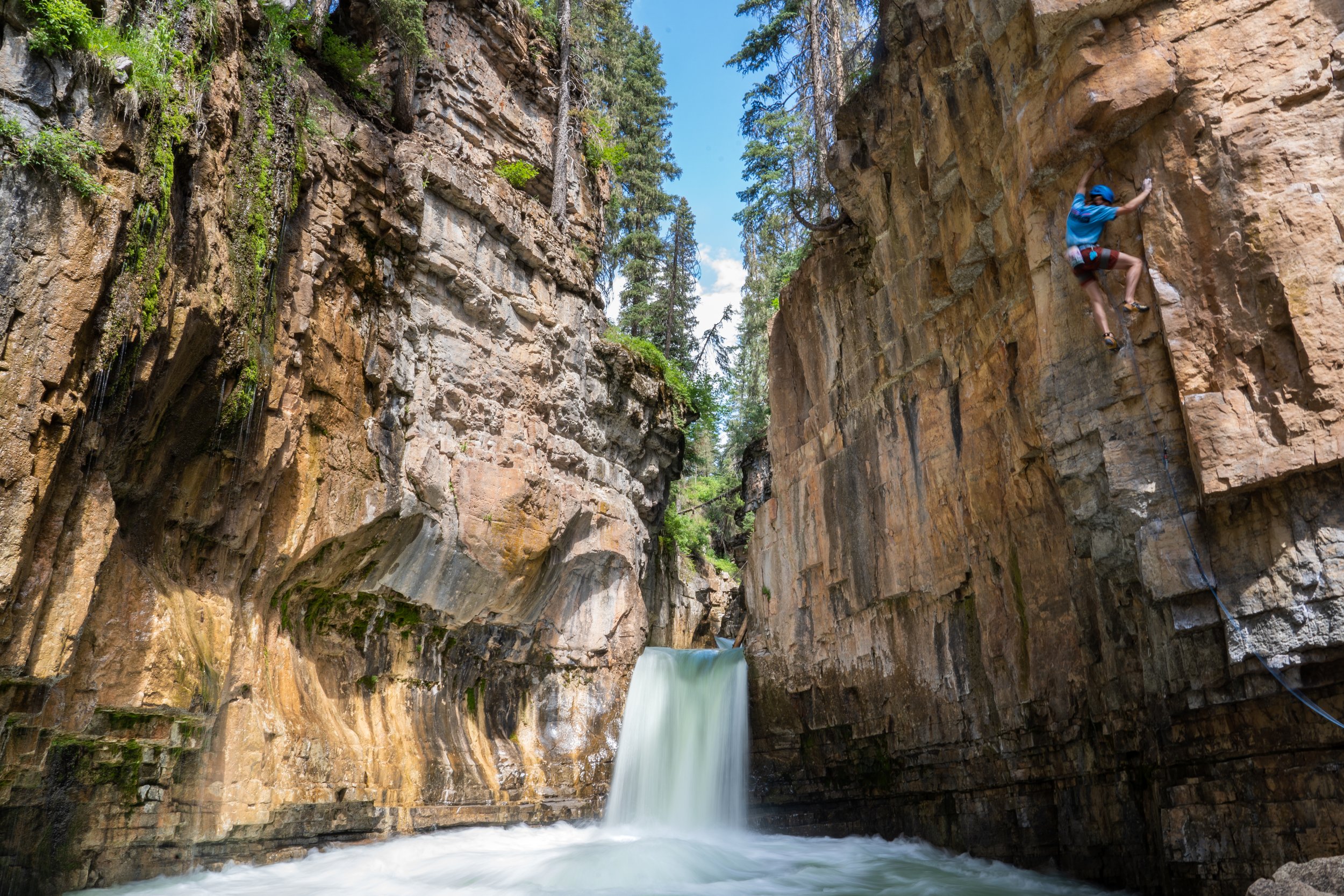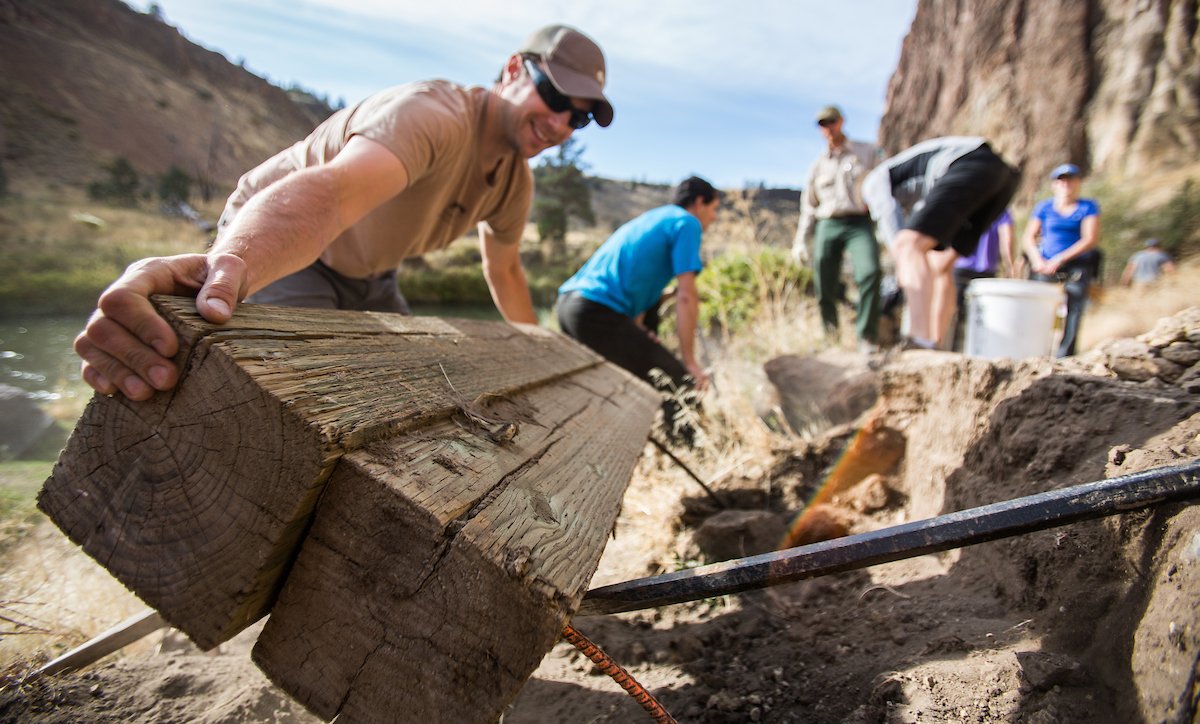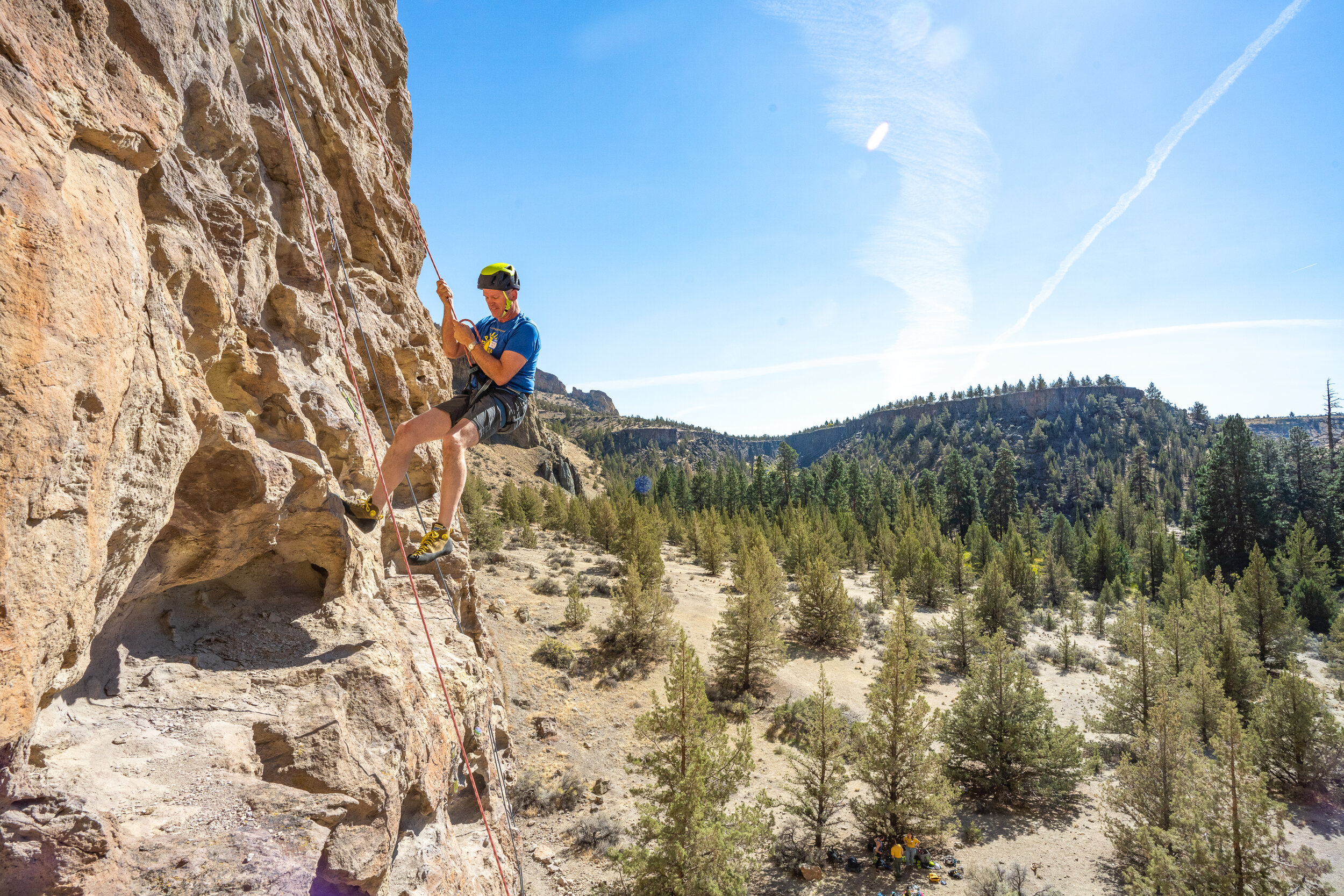March 13, 2022
NPS Joshua Tree National Park
RE: Scoping Comments on Joshua Tree Climbing Management Plan
The American Alpine Club (“AAC”) appreciates the opportunity to provide comments for the scoping period on the climbing management plan (“CMP”) currently underway in Joshua Tree National Park (“JTNP”). JTNP is a world class destination for rock climbing and attracts many of the AAC’s 25,000 members nationwide to climb and enjoy the Wilderness resources in the JTNP. For more than a decade, the AAC has engaged in climbing management in the JTNP and values the efforts of the National Park Service (“NPS”) to steward the abundant and unique resources of JTNP. The CMP will be critical in managing the ecological, cultural, and natural resources of the JTNP, especially as more people recreate in the outdoors and the population of climbers continues to grow. The AAC looks forward to working with the NPS to steward these important resources for generations to come and support their endeavor to create an informed CMP.
I. The American Alpine Club
The AAC is a 501(c)(3) non-profit organization based in Golden, Colorado, with over 25,000 members nationally. Founded in 1902 to support the research and exploration of mountainous regions, the AAC remains committed to supporting the climbing and human-powered outdoor
recreation communities over a century later. Grounded in community and location, the AAC’s mission is to share and support members’ passion for climbing and respect for the places they climb. Through education, community gatherings, stewardship, policy, advocacy, and scientific research, the AAC strives to build a united community of competent climbers and healthy climbing landscapes.
II. Comments and Concerns
The AAC’s volunteer base are large contributors to the success of the AAC. Across the nation, the AAC engages hundreds of volunteers in policy, advocacy, and education through the 25 sections and 56 chapters of the organization. The AAC comments and concerns mentioned here are informed by volunteer leaders of the AAC’s San Diego Chapter and the Sierra Nevada Section.
A. The AAC is concerned with the NPS’s understanding and treatment of the Wilderness Act of 1964 (“Wilderness Act”).
The AAC supports the efforts by JTNP to thoughtfully balance the needs of the American public to access and enjoy primitive and unconfined recreation with the protection of Wilderness characteristics and other natural resources found within JTNP. With more than 6,500 individual climbing routes, a long and rich history of climbing, and a unique but fragile high desert landscape, JTNP is a world renown climbing destination attracting climbers of all abilities
The AAC is concerned with JTNP’s understanding and treatment of the Wilderness Act’s meaning and particularly their definition of "fixed anchors” as “installations.” Fixed anchors (which include bolts, pitons, nuts, slings, or any other equipment) are necessary climbing equipment and fundamental for the safety of the climbing community, both on the ascent and descent of technical climbing terrain.
In crafting the Wilderness Act of 1964, Congress established the National Wilderness Preservation System.(1) The plain language of the Wilderness Act protects and manages for those places which have “outstanding opportunities for solitude or a primitive and unconfined type of recreation.”(2) Additionally, the Wilderness Act requires that such areas “shall be devoted to public purposes of recreational, scenic, scientific, educational, conservation, and historical use.”(3) As one of the federal land management agencies tasked with overseeing the management of wilderness areas, the NPS must “administer[ing] such area(s) for such other purposes for which it may have been established as also to preserve its wilderness character.”(4) Therefore, Congress’ objective was to administer wilderness areas “for the use and enjoyment of the American people in such a manner as will be unimpaired for future use and enjoyment as wilderness.” (5)
The AAC encourages the JTNP to use their existing authorization under the 2013 Director’s Order # 41 (“DO#41”) for the appropriate management of Wilderness climbing rather than changing its understanding of the Wilderness Act’s definition. DO#41 is an order written to guide servicewide efforts for the NPS in meeting the requirements for the Wilderness Act (16 U.S.C. 1131-1136).6 DO#41 recognizes climbing as “a legitimate and appropriate use of Wilderness” and noted that “[t]he occasional placement of a fixed anchor for belay, rappel, or protection purposes does not necessarily impair the future enjoyment of Wilderness or violate the Wilderness Act.”(7)
Therefore, the DO#14 does not prohibit fixed anchor installations, nor does it require Minimum Requirement Analysis (“MRA”) for the placement, removal or maintenance of fixed anchors for recreational climbing. A new Wilderness Act interpretation, akin to the current scoping CMP, does not align with the United States federal policy and practice, and lacks public participation and political process.
To both preserve the wilderness character8 of Wilderness Areas and to accommodate necessary opportunities for primitive and unconfined type of recreation, tangible and intangible qualities should be considered. Intangible qualities include biophysical environments, personal experiences, and symbolic meanings, whereas tangible qualities include natural, undeveloped, untrammeled.(9) These components have inherent tension and require balanced management strategies that are challenging to develop and implement. In recognition of this complex mandate, the AAC supports climbing practices that minimize the human impact on the environment and, in addition, promotes Wilderness climbing as an appropriate and suitable use of Wilderness. These practices are aimed to reduce the human influence on the landscape, preserve the Wilderness visitor experience, and to promote appropriate (and not undue) regulation of climbing in accordance with the Wilderness Act.
The AAC is concerned that the new interpretation of the Wilderness Act by JTNP unnecessarily frustrates historical use patterns of climbing in the JTNP, confuses Wilderness climbing management policies, sets a concerning national precedent, creates serious safety concerns for the climbing community, and erodes the climbing communities’ ability to support future Wilderness designations. For these reasons, we encourage JTNP to focus on implementing current NPS management policies, support more robust climber education programs, engage in further resource stewardship, and capitalize on more opportunities to work with non-profit partners to resolve climbing-related management issues.
B. JTNP’s interpretation of the Wilderness Act departs from national policy guidance and sets concerning precedent for Wilderness climbing resources.
The use of fixed anchors to facilitate climbing in remote backcountry locations predates the enactment of the Wilderness Act by several decades. More importantly, both federal agencies, the Department of Interior and the Department of Agriculture, as well as notable Wilderness advocacy organizations, have long understood fixed anchors to be appropriate in Wilderness. The AAC has long supported the consistency between federal agencies regarding the management of fixed anchors in Wilderness. For the NPS, DO#41 provides consistency and predictability for the climbing community within the NPS Wilderness Areas.
The JTNP’s CMP proposal is in opposition to decades of management policy regarding fixed anchors in various federal areas, including in other NPS managed Wilderness Areas. This is in direct contrast to the public process and stakeholder input approved by the Director of the NPS in 2013, who issued DO#41 “to provide accountability, consistency, and continuity in the [NPS] wilderness stewardship program, and to guide servicewide efforts in meeting the requirements of the Wilderness Act.” (10)
It is also important to note that in the past the NPS has not questioned or misinterpreted “fixed anchors” to be “prohibited installations” under the Wilderness Act, Section 4(c).(11) The 1993 Joshua Tree CMP(12) and the 2000 Joshua Tree Backcountry Management Plan(13) have also explicitly considered fixed anchors, and chosen not to define them as prohibited installations nor to necessitate an MRA use for purposes of placement or replacement (although it does require MRA for administrative purposes such as search and rescue).
The AAC has partnered with other national climbing organizations and wilderness groups to support this policy and has acknowledged the necessity for fixed anchors in Wilderness Areas to provide foundational safety for climbers. As stated in the DO#41, “[t]he occasional placement of a fixed anchor for belay, rappel, or protection purposes does not necessarily impair the future enjoyment of Wilderness or violate the Wilderness Act.”(14) Importantly, the AAC appreciates DO#41’s focus on the impacts of high use levels, the types of impacts those use levels cause, and the resulting effects on wilderness character. This approach focuses management solutions on the measurable and objective impacts of climbing routes on wilderness character. This approach is preferable to a blanket determination that fixed anchors are installations.
C. The AAC supports the JTNP’s efforts to protect and promote appropriate use of Wilderness.
The AAC supports efforts by the JTNP to thoughtfully balance the needs of the public to access and enjoy primitive and unconfined recreation with the protection of Wilderness characteristics and other natural resources found within the JTNP.
In partnership with the Access Fund, The Wilderness Society, National Parks Conservation Association, and the American Mountain Guide Association, the AAC shared comments and support for the development of DO#41, as well as Resource Manual #41 during thier creation. The AAC supports appropriate regulations and restrictions on fixed anchors in Wilderness, including the principle that fixed anchors should be “rare” in Wilderness. Furthermore, the AAC supports the JTNP’s authority to manage fixed anchor placement in the Wilderness, including the prohibition of bolt-intensive climbs that exhibit high levels of use and measurable impacts to the JTNP resources and social conditions.(15)
The AAC supports the prohibition on the use of power drills in wilderness, mandatory authorization (per DO#41) for the placement of fixed anchors, and management of other aspects of recreational use like trails and human waste management. NPS can do more to protect Wilderness character by focusing its limited resources on these management issues rather than reviewing every existing fixed anchor within wilderness.
D. The ACC agrees with DO#41, Section 7.2, stating that climbing is a legitimate, appropriate, and historical use of Wilderness.
The Wilderness climbing experience is unique, as it provides opportunities for solitude, primitive, and unconfined recreation. Climbing and the use of fixed anchors is a legitimate, appropriate, and historical use of Wilderness that is compatible with the Wilderness Act.
a. Climbing is a “historical use” in the JTNP.
The Wilderness Act requires that Wilderness Areas “shall be devoted to public purposes of ….historical use.”(16) The JTNP has a long and rich history of climbing dating as early as the 1940’s.(17) Early trips organized by the Sierra Club’s Rock Climbing Section and the Boy Scouts brought young adults to the JTNP to experience the vastness of the recently designated Joshua Tree National Monument (“National Monument”) and to practice the craft of rock climbing in a group setting.(18)
































































































